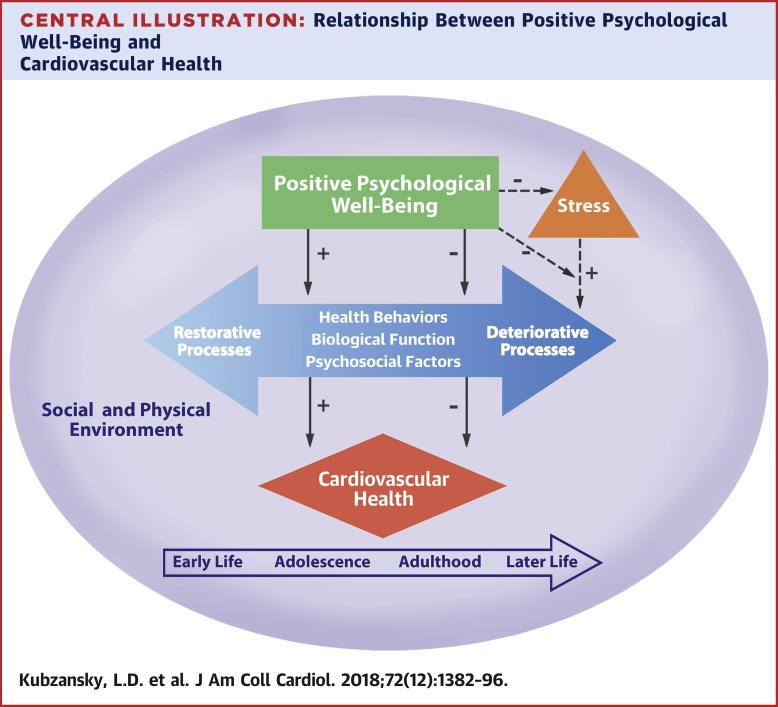
🧠 Reevaluating Fitness and Longevity: An Unexpected Study Questions Established Beliefs
For many years, the prevailing scientific agreement suggested that physical fitness in youth greatly increased lifespan—an idea that has spurred numerous public health initiatives advocating for physical activity in early life. However, a pioneering new study from Uppsala University might be transforming this perspective in significant and unforeseen ways.
Featured in the European Journal of Preventive Cardiology, this research scrutinized data from over 1.1 million Swedish men, monitoring their cardiorespiratory fitness levels during adolescence from age 18 at military conscription through their later adult years—some extending into their 60s. Initially, findings seemed to support the conventional wisdom that fitter adolescents had lower mortality rates, yet surprising trends appeared when researchers utilized a more complex analysis method.
⚖️ Does Fitness Guard Against Illness—and Random Incidents?
Lead investigator Marcel Ballin and his associates aimed to uncover whether adolescent fitness had a direct impact on longevity or if earlier findings were influenced by confounding factors. To distinguish causation from correlation, the team employed a technique known as “negative control outcome analysis.”
This approach involves investigating mortality from causes unlikely to be directly related to physical fitness—such as fatal accidents, homicides, and drownings. If fitness-based protection was also evident in these random incidents, it would indicate that variables outside of fitness itself might be involved.
Surprisingly, the results revealed that young men with the highest fitness levels had a 53% lower likelihood of dying in accidental incidents compared to their least fit peers—the same level of risk reduction recorded for all-cause mortality. This suggests that the perceived advantages of fitness might not arise solely from enhanced physical health.
“This outcome genuinely took us by surprise,” stated Ballin. “It indicates that other attributes—be they socioeconomic, genetic, or behavioral—contribute to better survival in both disease and accident situations.”
👨👦 Sibling Comparisons Offer Additional Insights
To further investigate, the researchers compared siblings with different fitness levels. By analyzing brothers, they could account for significant shared factors such as family income, educational access, lifestyle habits, and genetic background.
Even in these closely matched assessments, the fittest brothers still exhibited a markedly lower chance of early death—strengthening the notion that unmeasured disparities beyond fitness likely influence longevity outcomes. Nonetheless, the strength of this connection was slightly diminished compared to the broader population analysis, adding complexity to the results.
📊 Important Mortality Findings from the Research
Upon examining deaths among the 1.1 million men, the researchers found remarkable (and consistent) results:
– 58% decreased risk of cardiovascular mortality for the fittest versus the least fit
– 31% decreased risk of cancer mortality
– 53% decreased risk of all-cause mortality
– 53% decreased risk of accidental (random) mortality
This unusual symmetry in mortality risk reduction—particularly regarding random accidents—raises significant questions about whether fitness directly leads to longer life or merely reflects other protective characteristics.
📚 What Lies Behind Fitness and Longevity?
Researchers propose that the noted associations may arise from “residual confounding”—when unmeasurable variables create misleading correlations between an exposure (fitness) and an outcome (longevity).
What might be obscured by high fitness? It turns out that adolescent fitness often coincides with various health-promoting elements:
– Elevated socioeconomic status
– Improved healthcare access
– Healthier diets and living conditions
– Favorable personality traits such as conscientiousness
– Genetic factors that enhance both physical performance and disease resistance
Importantly, the study aligns with results from previous twin research and genetic studies, which also indicate shared factors affecting both fitness and health risks—further complicating simplistic interpretations of observational data.
🏃 Does This Imply Exercise Is Irrelevant?
Certainly not. Ballin is careful to stress that physical activity is vital for numerous health outcomes, including cardiovascular durability, mental health, bone strength, and metabolic functioning.
“The fundamental message is not that fitness is insignificant. What we are conveying is that we need a more accurate understanding of its effects,” Ballin clarifies. “Properly assessing the genuine benefits of fitness is crucial for making informed public health choices.” For instance, large-scale programs or resource investments rely on this precision to be effective and worthwhile.
🧪 A Call for Enhanced Epidemiological Techniques
The Uppsala study signifies a pivotal moment in how researchers evaluate long-term health risks and behaviors. Observational studies, long a cornerstone of public health understanding, are susceptible to these hidden biases unless multiple methods of data triangulation are employed.
Moving ahead, the researchers advocate for the integration of tools such as:
– Negative control outcomes
– Sibling or twin comparisons
– Cross-national analyses
– Genetic (Mendelian randomization) studies
– Instrumental variable modeling
Only through such comprehensive approaches can researchers formulate more precise estimates of how much fitness genuinely contributes to health and longevity—unencumbered by the distortions of background factors.